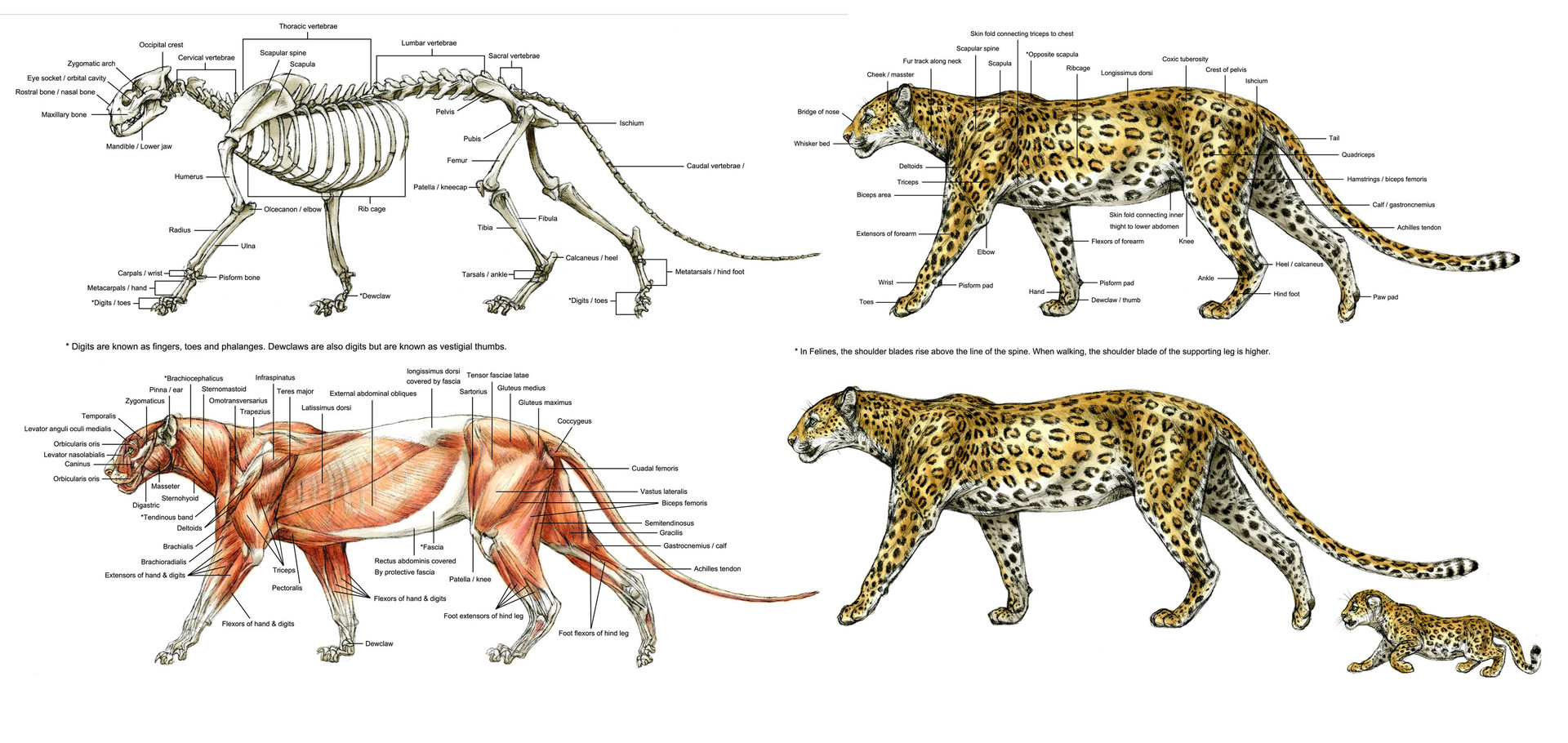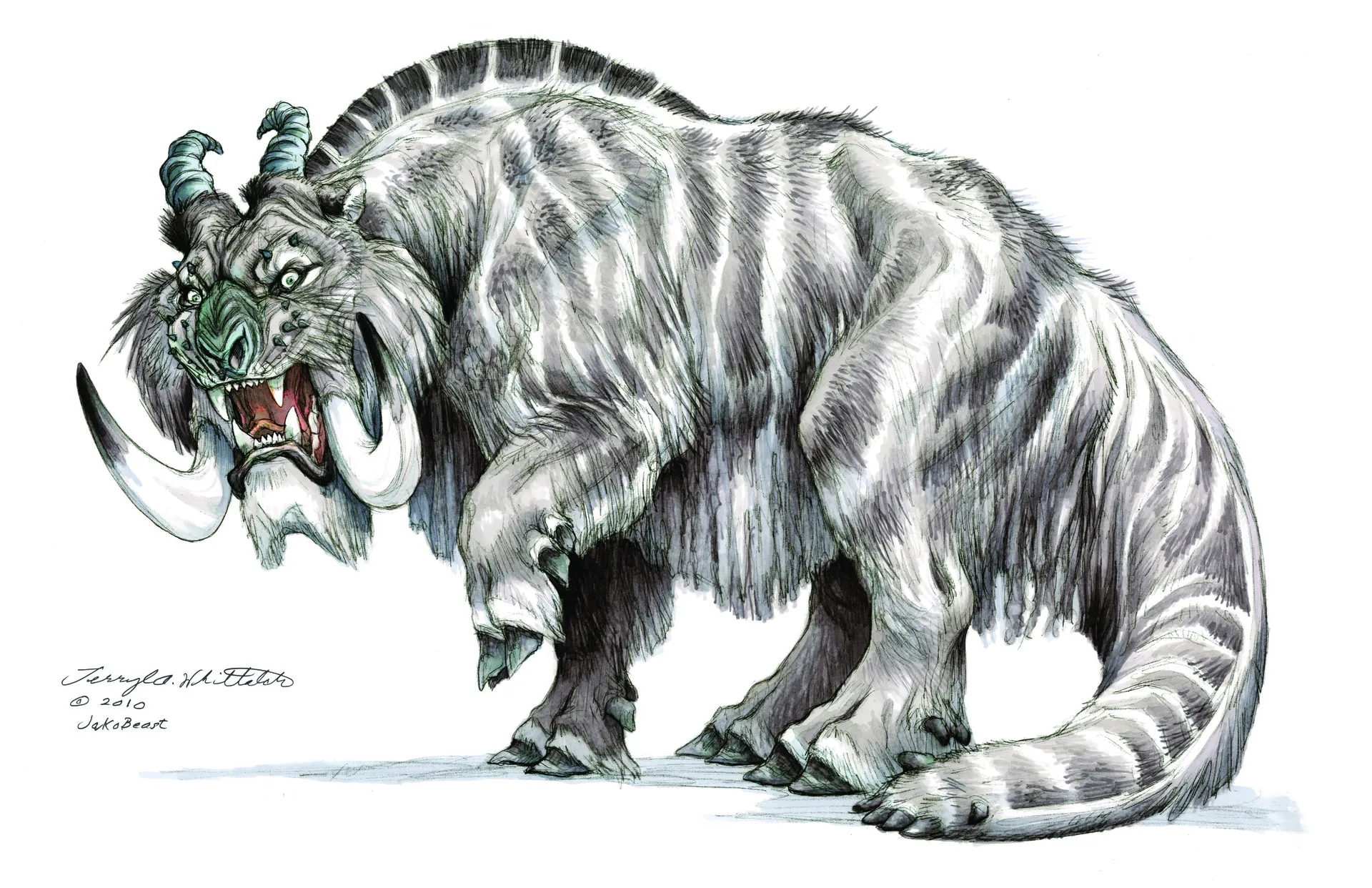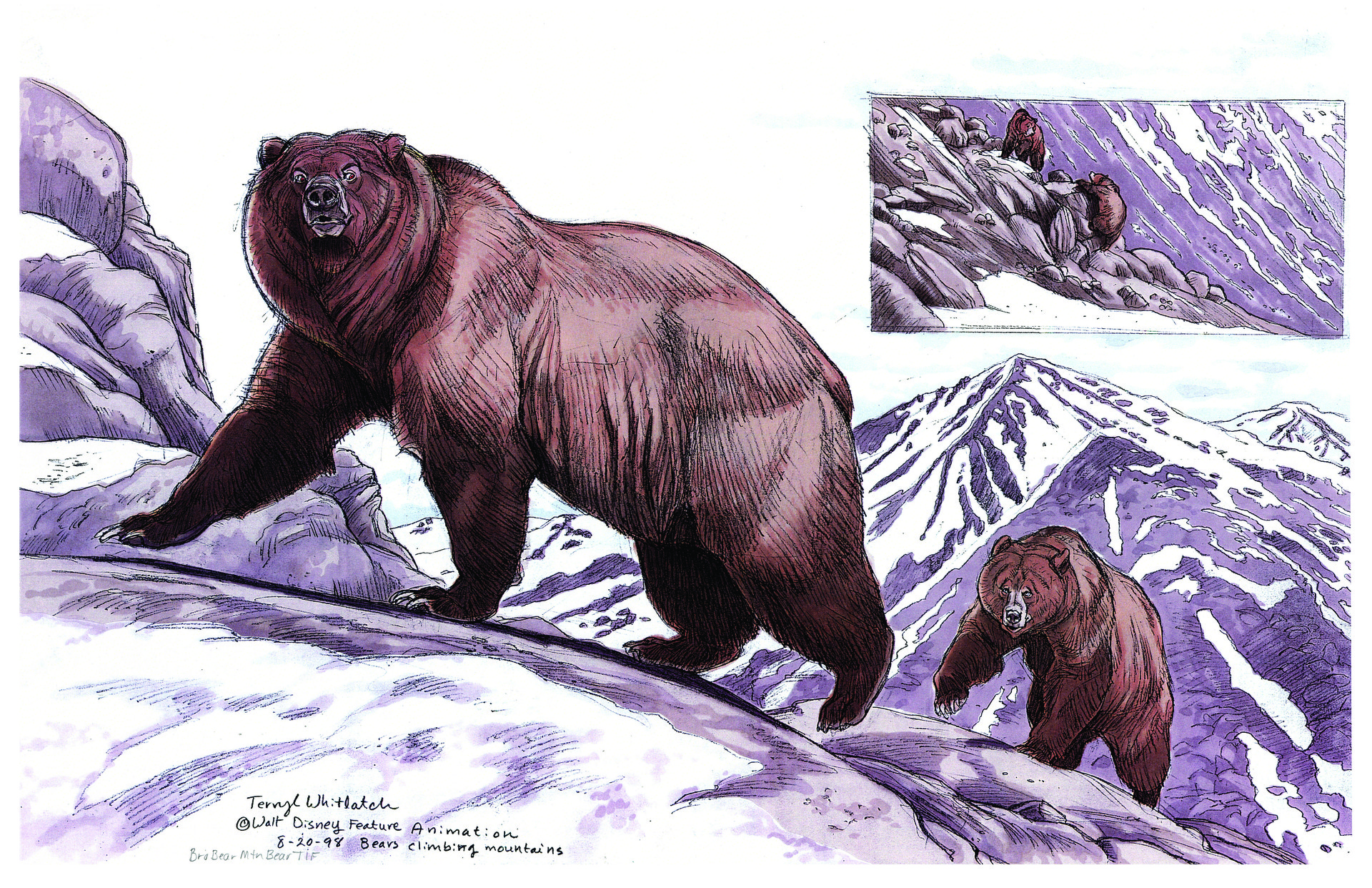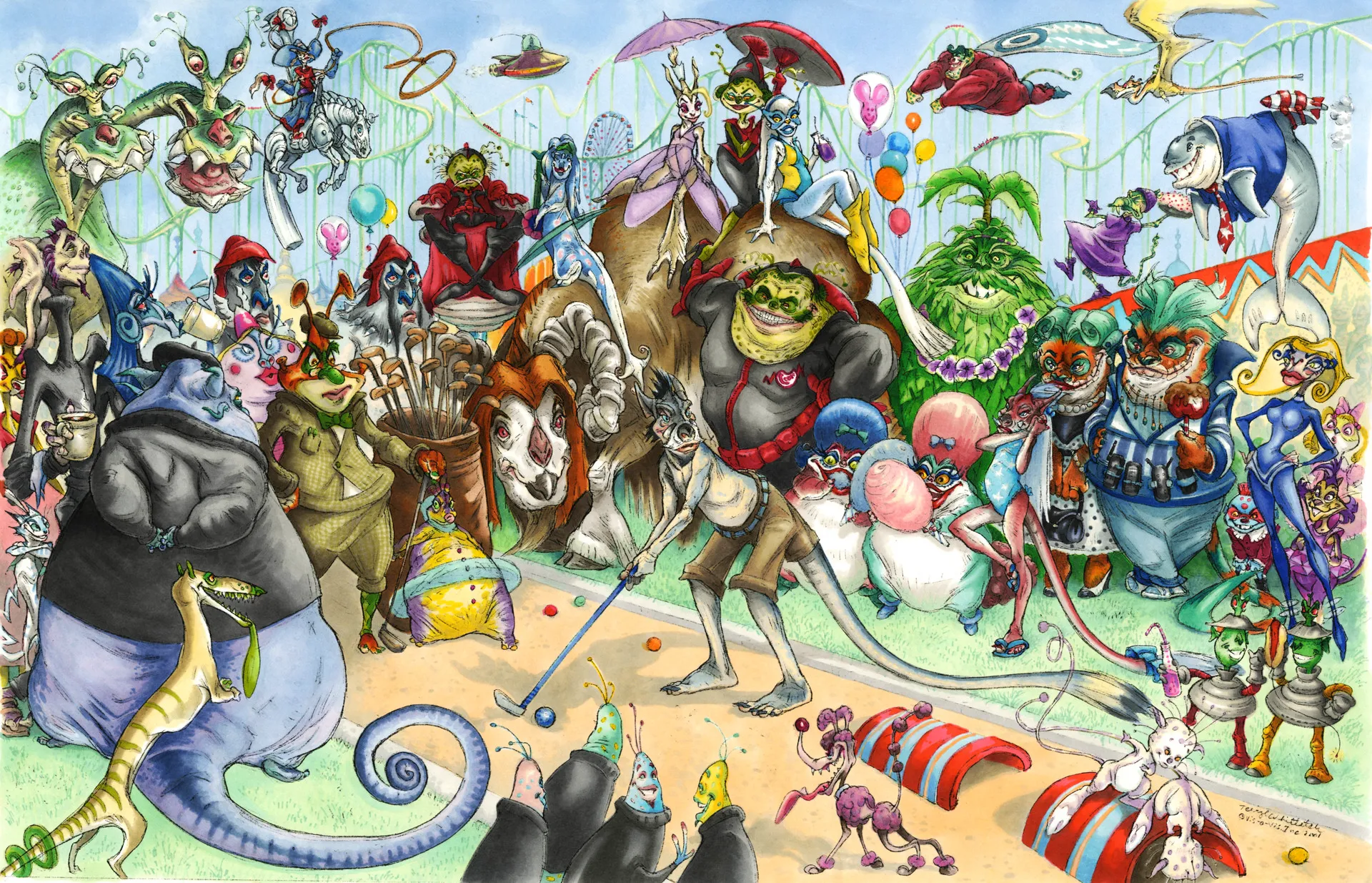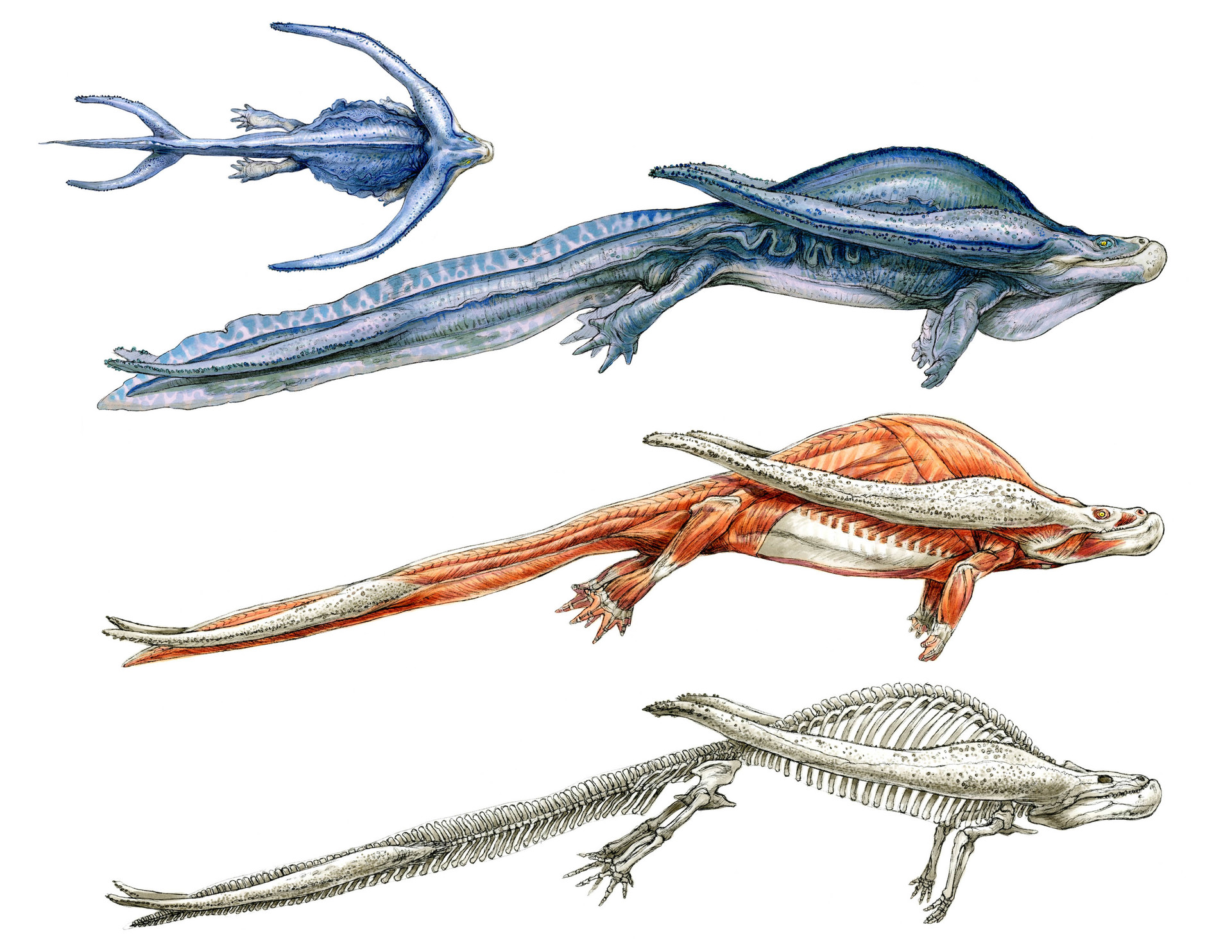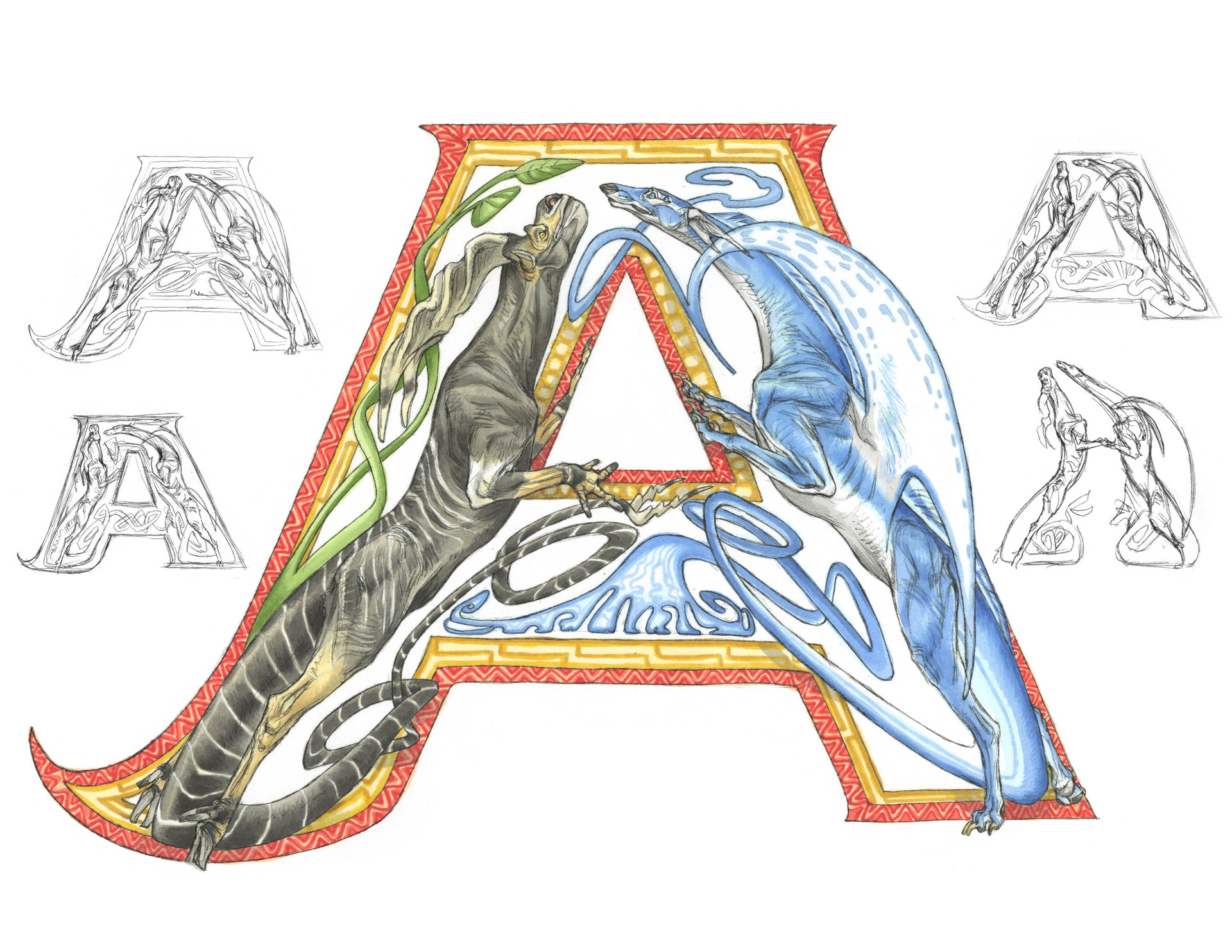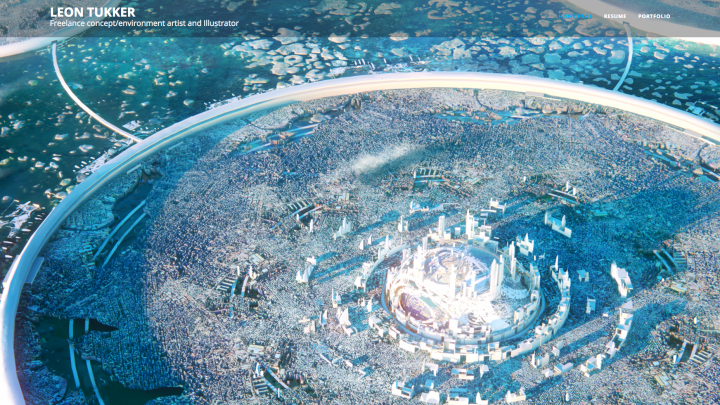Profile: creature design legend Terryl Whitlatch
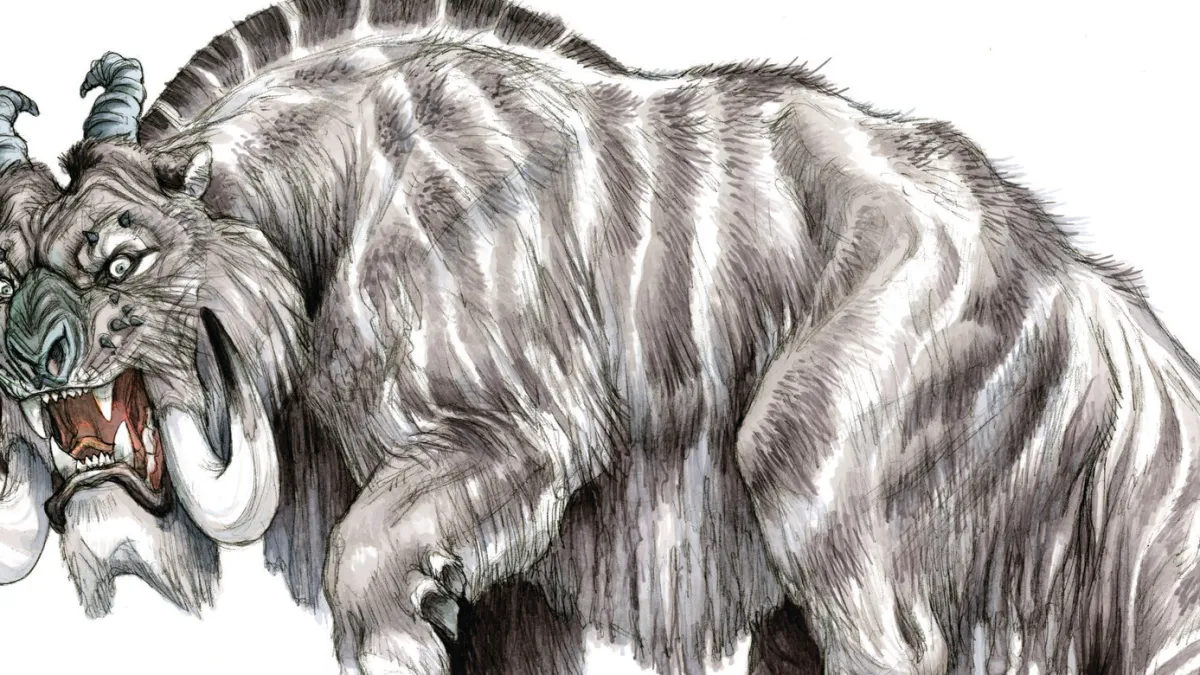
 Terryl Whitlatch is one of the world’s leading creature designers, with a resume including stints at both Disney and Lucasfilm, where she designed the creatures of Star Wars: Episode I – The Phantom Menace, including Jar Jar Binks, Sebulba and the sea monsters of Naboo. Her other work ranges from illustrations for the World Wide Fund for Nature to her own books, which include the anatomy reference guide Science of Creature Design and fantasy adventure The Katurran Odyssey.
Terryl Whitlatch is one of the world’s leading creature designers, with a resume including stints at both Disney and Lucasfilm, where she designed the creatures of Star Wars: Episode I – The Phantom Menace, including Jar Jar Binks, Sebulba and the sea monsters of Naboo. Her other work ranges from illustrations for the World Wide Fund for Nature to her own books, which include the anatomy reference guide Science of Creature Design and fantasy adventure The Katurran Odyssey.
As well as being a sought-after speaker and teacher, Terryl is currently artist in residence at Imagination International Incorporated, the North American distributor of Copic markers, for which she recently created Creatures of Amalthea, a wide-ranging project that includes a free course in creature design aimed at school students. We caught up with Terryl at III’s Oregon offices to discuss her career, her approach to creature design, and her advice for young concept artists.
You can see more of Terryl’s work in her new ArtStation gallery.
Tell us about your journey
I was exposed to both art and zoology from the start. My father was a naval officer, but he had been through medical school, and he taught high school biology on the side. He was very interested in nature, and he’d bring home all these specimens.
My maternal grandparents also had a horse ranch, so my earliest memories are of being around horses. And we had all kinds of pets – not just dogs and cats, but guinea pigs, iguanas, mice, rats, chinchillas, rabbits, and even goats.
My mother is a very versatile artist: she works in a number of different styles from black-and-white to full-blown oil paintings. My father couldn’t draw all that well, but he was the one that brought home [the animals], and my mother did the art.
How did you get into the industry?
I studied zoology at Sonoma State University, north of San Francisco. While I still had a bit of college money – back when it wasn’t quite as expensive to go to college as it is now – I got a work scholarship to a couple of art schools in the Bay Area: the College of Arts and Crafts [now California College of the Arts] in Oakland, and the Academy of Art in San Francisco.
My intention was to go into natural history illustration – I wanted to work for National Geographic – but by fluke, some art directors from Lucasfilm saw my graduation show, which was mainly paintings of real animals like foxes and dogs.
My first project was LucasArts’ [point-and-click adventure game] The Dig. I designed whole menageries of six-legged creatures. After that, I was hired by the design firm that handled all the art work for the WWF, so I did that for a couple of years, then I got a call from Industrial Light & Magic saying that they needed someone who could design animals for Jumanji.
Jumanji was the swivel that plunged me full-on into feature films. I also did a lot of work for commercials during my time at ILM. Pretty much any time there was an animal or creature, it was handed to me to work on.
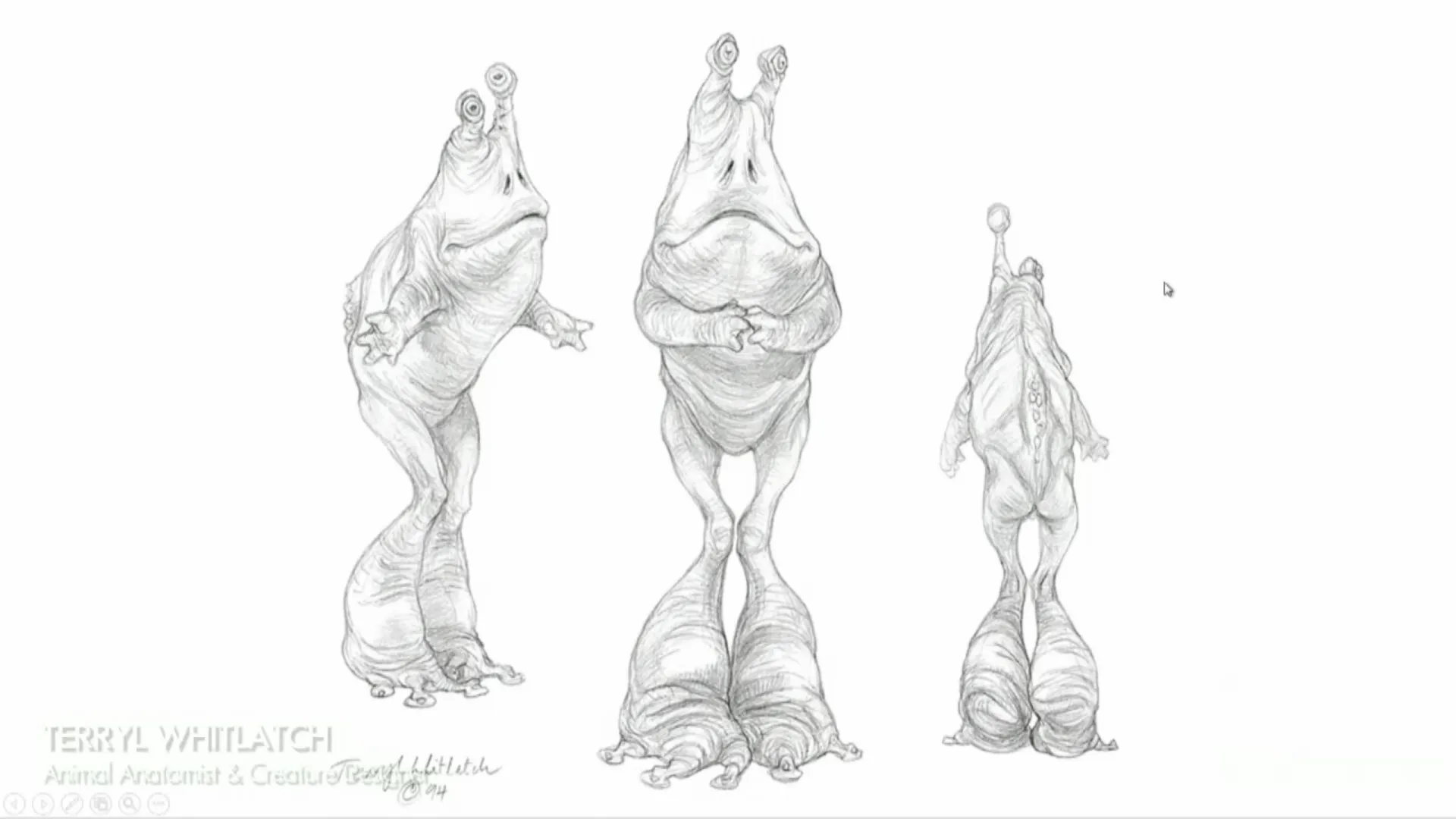
The first sketch of what would later become Jar Jar Binks – at this stage, a “worried frog-like creature”, according to Terryl.
How did you get to work on Jar Jar Binks?
One of the campaigns I worked on at ILM was [an early Budweiser] Clydesdale Super Bowl commercial. It was a big deal, because the client was an important one, and the storyboards had to be finished within two days.
After I got off the commercial, I was really tired, because I’d been up all night, and I was waiting for my art director to give me my next assignment. I was worried, and a little drawing of a worried frog-like creature came out of [that state of mind].
I took the sketch with me to the Skywalker Ranch when I was tapped to be creature designer for The Phantom Menace. George [Lucas] saw it, and wanted me to work a lot of that fretfulness into Jar Jar Binks. So it’s all my fault. I’ve wrecked all of the hardcore 1977 Star Wars initiates’ lives forever. [Laughs]
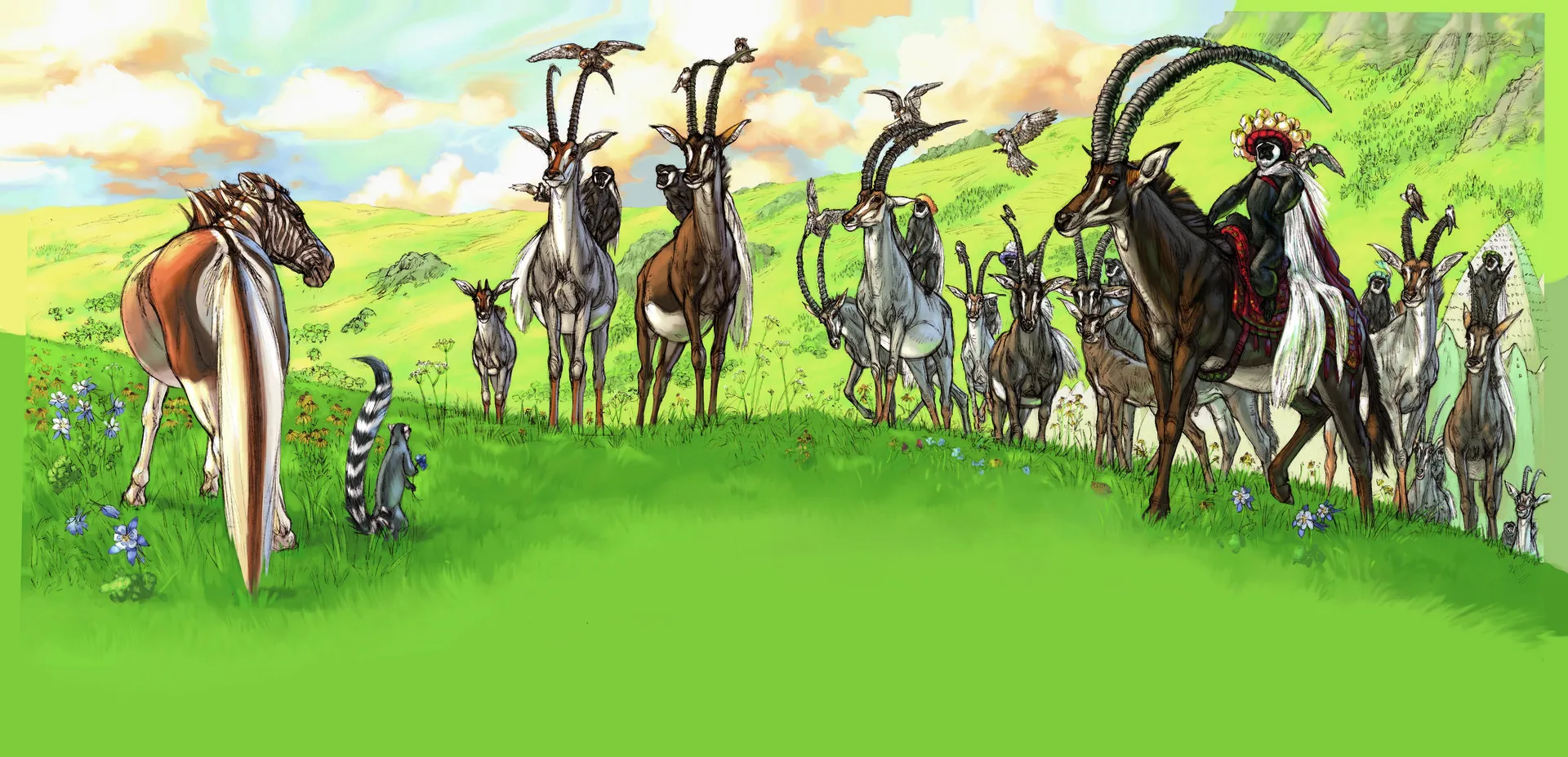
An illustration from The Katurran Odyssey. Terryl describes the 2004 book as the most personal of her projects.
How do you want to impact the world?
I think where my heart is is a book I developed [with Robert Gould and David Wieger] called The Katurran Odyssey. When you’re working in films or games, even though people say they want something that’s never been done, the end product almost ends up looking like a lot of things you’ve seen before. But working on your own project allows [your imagination] to fly.
The idea is that Katurrah is populated by all kinds of real animals: not just existing species, but any prehistoric species that ever lived. They interact with each other, and even have a common language, but they don’t lose sight of their essential nature: if you’re a predator, you can talk to an antelope, but at the back of your mind, you’re thinking that you might eat him tomorrow.
With animals, you can say things that we as human beings can’t. For example, I can talk about the scientific establishment. In the book, there is this group of highly intelligent monkeys who are so focused on science that they can’t see beyond their experiments. But with animals, no one can say, ‘Hey, you’re saying something mean about me.’ Because it’s the monkeys’ problem, not your problem. It’s why Aesop’s fables have rung true for thousands of years.
The happy thing is that the book will soon be going into reprint, and sequels will be underway. It was originally done in 2004, and at the time, we didn’t have virtual reality or other new technologies, but we knew that stuff was coming. A lot of that book was illustrated on layers, so we could go back into it later.
You also do a lot of teaching. Tell us about that.
One of the high points of my career was being invited to be a teacher at Schoolism. It’s Bobby Chiu‘s brainchild, and it’s such a wonderful alternative to an expensive art school. I’ve been blessed to have an instant community of artists I’ve always admired close at hand: from old colleagues like Iain McCaig to new friends like Stephen Silver, Victoria Ying and Nathan Fowkes. I think any prospective art student would do well to consider Schoolism as an art school alternative. You learn from all of these top professionals in the field.
Why should aspiring concept artists draw animals from life?
It’s the absolute foundation of creature design. Students who skip that step are doing themselves a terrible disservice. Because if they do that, each creature starts to look like the one they designed before – and the one before that, and the one before that. I call it the ‘creature rut’. What I think is really sad is when people, instead of looking at real animals, go to DeviantArt and look at other people’s creature designs. It’s like looking at a Xerox of a Xerox.
Even if you’re designing a creature for a Pixar movie, you still need to understand animal anatomy. I’ve done some really crazy designs, not just realistic ones, but the anatomy and psychology of real animals is the meat of anything imaginary.
Do you need scientific training to master animal anatomy?
Leonardo da Vinci didn’t have a degree in zoology: he just observed animals from life. The same with Albrecht Dürer – but when you look at his hare, my goodness. Or Beatrix Potter: she’s a magnificent modern example of what close observation of animals can bring to your storytelling.
So go to the zoo, or if you don’t have access to one, go to your local pet store and sketch the animals there. Visit museums. Watch as many wildlife documentaries as you can: you can freeze the frame and sketch, and that’s a good rainy day thing to do. The world’s out there for you to study. You don’t need to go to UC Berkeley or Oxford for four years and become a mammalogist. Jane Goodall earned her honorary doctorate by her careful eye-witness research in the field.
What about anatomy reference books?
It’s always good to have good reference books, because you can check what you see in life against them. An oldie and a goodie is An Atlas of Animal Anatomy by Ellenberger, Dittrich and Baum. It’s readily available from Dover Publications, and so inexpensive. I’m on my fourth copy – I got my first one in high school and I still have it. There’s also Animal Drawing by Charles R. Knight, who was one of the first paleoartists. It’s also very inexpensive and is still published by Dover.
A good newer one is Elliot Goldfinger’s Animal Anatomy for Artists. He’s referenced Ellenberger’s drawings but simplified them a bit to make them clearer, and he’s added a lot more species.
References for birds, reptiles or amphibians are harder to come by. A lot of my reference material is esoteric stuff I collected via my studies in zoology, so in my own book Science of Creature Design, I tried to put it together in an easily accessible resource.
Do you prefer to design humanoid creatures or realistic animals?
When you’re doing humanoid designs, there’s a range between something that’s very monstrous and something that’s basically a costume, but with real animals, there is so much more variety.
Also, most creature design is not of imaginary creatures. In Disney movies, most of the sidekicks are real animals. But you can count on the fingers of one hand the number of movies that are released each year with a whole bunch of imaginary creatures.
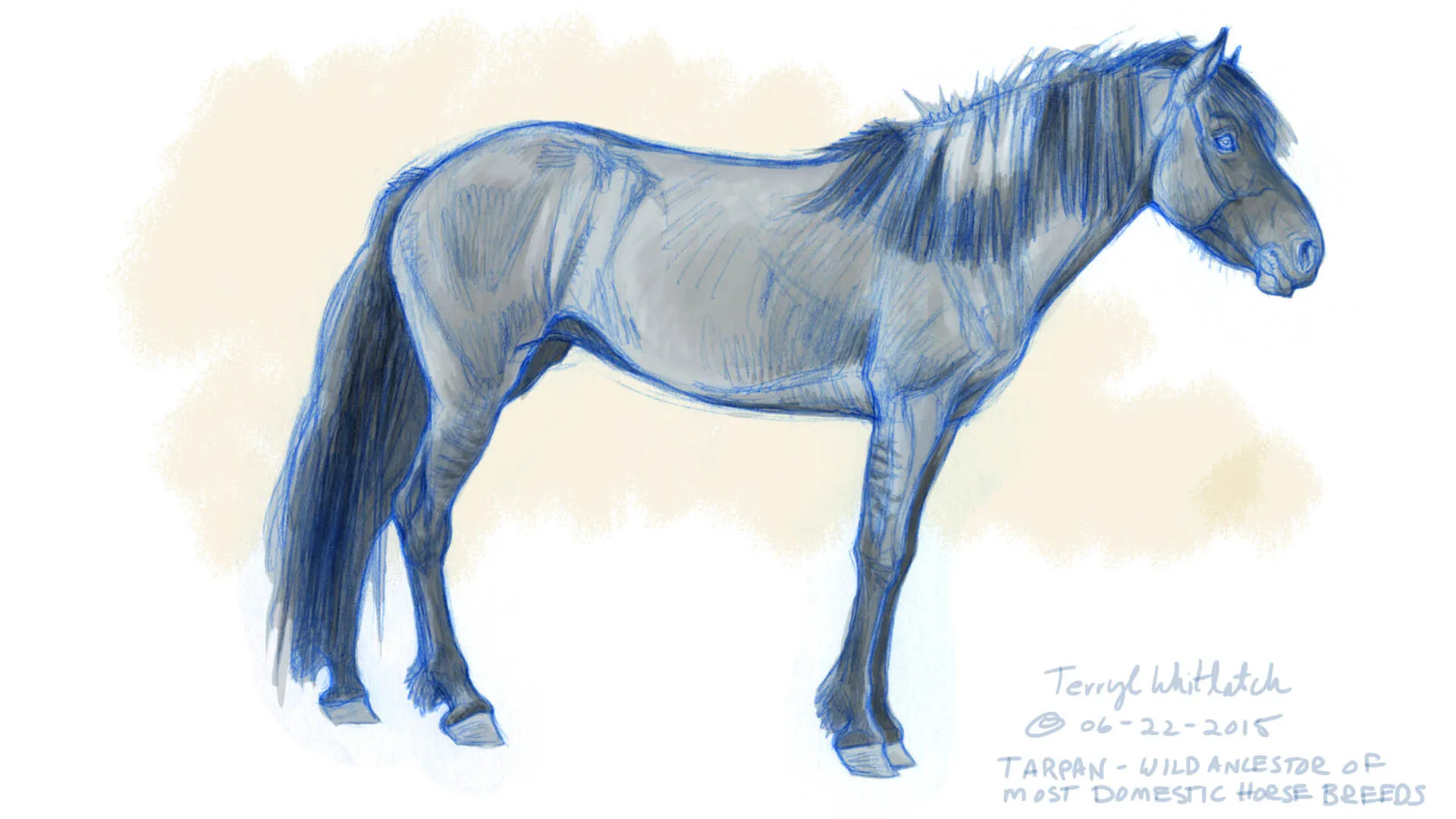
Learn to draw horses, advises Terryl: they appear more often than any other animal in fine art and animation.
Which types of animals should young artists focus on?
The most important animals to know how to draw are horses, dogs and cats. They’re the animals that appear most in art history and in films, including animations. Horses are the hardest for most people to learn how to draw, but here are more depictions of horses [in history] than any other animal.
What’s the secret of creating an expressive animal character?
You have to add in some forced anthropomorphism. These are some very subtle things you can add in, and beyond that, you’re into the realm of intentional stylization. It depends on how subtle or how Tex Avery you want to be.
The GEICO Gecko‘s a good example: he’s very realistically a gecko, but he has a little curve at the back of his mouth that’s been pushed up [in a smile] and even though he doesn’t have eyebrows, the way his upper eyelids work implies them.
A lot of your drawings include jokes. How come?
I think the value of humor in creature design is very high. We all, as human beings, have it as part of our essential nature. Characters like Batman are so serious, so self-consumed, they don’t really come down to Earth. Whereas a character like Han Solo is accessible because he’s funny. He reminds us of us, or of how we want to be.
It’s the same with Bugs Bunny: the humor brings him down to a level we can relate to. It makes us feel good about ourselves, and it also makes us feel safe. Mean humor never does that, but the kind of stuff we’re talking about is good humor.
What’s your #1 advice to other artists?
Be kind to yourself and practice really hard. There’s no such thing as practice makes perfect, but there is such a thing as practice makes excellent, and that’s what we’re shooting for.
The key is perseverance. You have to think of being a creature designer as like being a ballet dancer. Dancers like Baryshnikov didn’t get to that level without practice. They were talented, but they practiced every day. There aren’t any short cuts.
But don’t lose heart. Many people quit way too soon when they try new things. Don’t expect perfection of yourself: animals are notorious, unless they’re sleeping, for not holding a pose for very long, so when you’re drawing them, you’re only getting impressions. But that’s still good stuff because it’s all getting inside you, helping to rewire your brain.
Related Links
Visit Terryl’s ArtStation gallery
Watch Terryl discuss her work in a talk at Gnomon – School of Visual Effects, Games + Animation from 2015
